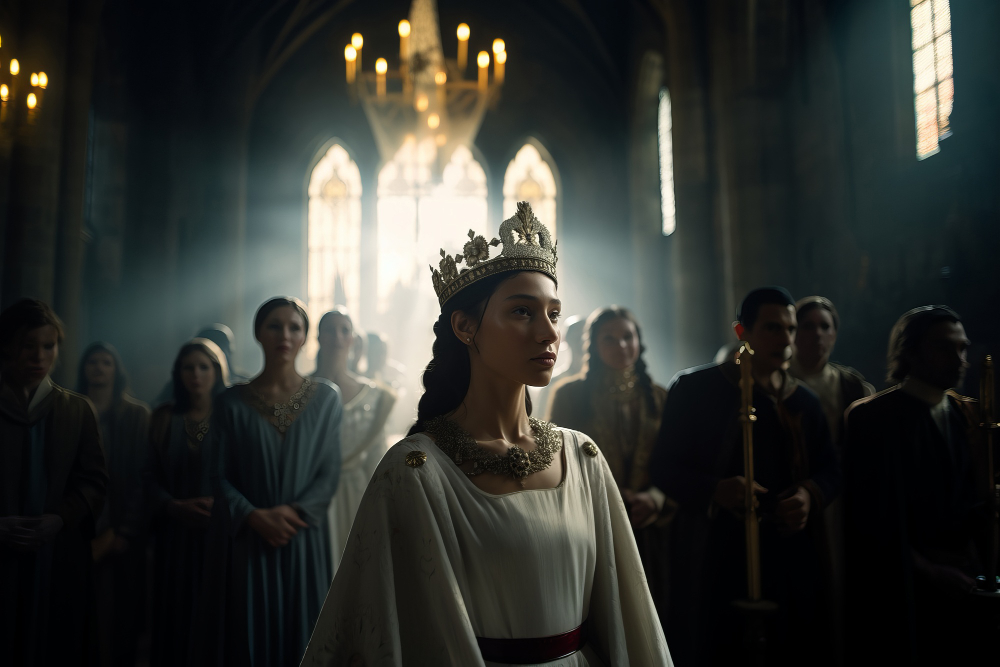Antiquity, often referred to as antiquità in Italian, encompasses the fascinating and vast period in history that shaped much of modern culture, art, architecture, and thought. From the rise and fall of the Roman Empire to the influential Greek philosophies and incredible artistic feats of ancient civilizations, antiquità continues to inspire awe and curiosity in today’s world.
Throughout history, humankind has always looked back to the achievements and relics of the past. These ancient cultures laid the groundwork for the societies we live in today, leaving behind artifacts, monuments, and knowledge that scholars and enthusiasts treasure. This exploration of antiquità not only uncovers the secrets of the past but also helps us understand the evolution of human civilization.
The Meaning and Importance of Antiquità
Antiquità, a word rooted in the Latin term for antiquity, signifies a period in history that spans from the earliest known human civilizations up until the fall of the Roman Empire around 476 AD. This epoch was characterized by groundbreaking advancements in various fields, including politics, art, architecture, and literature. It refers to the eras of both Classical Greece and Rome, along with other ancient civilizations like Egypt and Mesopotamia.
Why is antiquità still relevant today? Simply put, the relics and knowledge of the past shape the framework of modern society. From legal systems inspired by Roman law to artistic techniques rooted in ancient craftsmanship, the echoes of the ancient world continue to resonate. By studying antiquità, we gain valuable insights into the beliefs, practices, and achievements that formed the foundations of Western civilization.
Exploring Ancient Rome: The Pinnacle of Antiquità
No discussion of antiquità is complete without delving into the grandeur of ancient Rome. The Roman Empire, at its height, was one of the largest empires in history, encompassing much of Europe, North Africa, and parts of Asia. Its impact on culture, governance, and infrastructure remains unrivaled.
The Roman legacy in antiquità is best reflected in its monumental architecture, particularly structures like the Colosseum, the Roman Forum, and the Pantheon. These buildings were more than just feats of engineering; they symbolized the empire’s power, wealth, and cultural sophistication. Today, they stand as some of the most visited and admired tourist attractions in the world.
Moreover, Roman art—whether in the form of sculpture, mosaics, or frescoes—illustrated the empire’s prowess and deep appreciation for beauty and form. Roman sculpture, in particular, emphasized realism and detail, capturing the human form with striking accuracy. This period of antiquità is not just an artistic achievement but also a testament to Roman philosophy, politics, and religious beliefs.
Ancient Greece: The Birthplace of Western Civilization
While Rome may have set the standard for architecture and governance, Ancient Greece laid the intellectual foundations of antiquità. Known for their contributions to philosophy, drama, and science, the Greeks were pioneers in shaping modern thought. Figures like Socrates, Plato, and Aristotle are still considered some of the most important philosophers of all time, and their works remain fundamental to modern education.
Greek antiquities, particularly sculptures like the Parthenon marbles, showcase an obsession with idealized beauty and proportion. The classical Greek style sought to represent harmony and balance in every form. The meticulous attention to anatomical details in Greek statues, such as the Discobolus (the Discus Thrower) or the Venus de Milo, captured the physical perfection of the human body.
In addition to philosophy and the arts, Greek innovations in democracy, particularly in the city-state of Athens, became the blueprint for modern democratic systems. The concept of citizens actively participating in governance was a radical idea at the time, and it transformed political thought in the centuries to follow.
Archaeological Discoveries and the Preservation of Antiquità
Archaeology plays a crucial role in uncovering the treasures of antiquità. Over the centuries, discoveries like Pompeii, the tombs of the Valley of the Kings, and the unearthing of the Acropolis in Athens have brought ancient civilizations back to life. Each artifact uncovered provides a window into the lives of the people who lived thousands of years ago.
For instance, the excavation of Pompeii in the 18th century revealed a Roman city frozen in time by the eruption of Mount Vesuvius in 79 AD. The discovery allowed historians to piece together how Romans lived, from their homes and diets to their social structures and even their daily routines.
In Greece, the ongoing excavation of ancient sites continues to offer new insights. One of the most notable is the Antikythera Mechanism, a sophisticated ancient Greek device thought to be the world’s first analog computer. Discovered in a shipwreck in 1901, it is an extraordinary example of the advanced knowledge held by the Greeks in science and technology.
The Influence of Antiquità on Modern Culture
Antiquità has not only shaped historical studies but also continues to inspire contemporary culture. Renaissance artists, for example, were heavily influenced by the ancient world. Leonardo da Vinci and Michelangelo studied Roman and Greek statues and attempted to emulate their perfect forms in their own work. The Renaissance itself is often considered a rebirth of antiquity’s ideals.
In modern times, antiquità has found its way into various facets of popular culture, from films and literature to architecture and design. Movies like Gladiator and 300 reignite interest in the powerful empires of ancient Rome and Greece, while literary works like The Odyssey and The Iliad continue to be studied and adapted in modern storytelling.
The classical influence can also be seen in the design of government buildings, museums, and monuments worldwide, many of which mimic the symmetry and grandeur of Roman and Greek architecture.
The Artistic Legacy of Antiquità
The art of antiquità transcends time, influencing countless generations of artists, sculptors, and architects. From the famous frescoes in ancient Roman villas to the beautifully crafted Greek pottery, the artistic achievements of these ancient cultures are nothing short of magnificent.
Roman art often focused on realism, especially in portraiture. Their sculptures of emperors, statesmen, and gods were marked by a striking attention to detail. In contrast, Greek art, particularly from the Classical period, emphasized idealized human forms, striving for balance and proportion in every aspect of the human body.
Mosaics were another significant art form in antiquità, used primarily to decorate the floors of Roman homes and public buildings. These intricate designs often depicted mythological scenes, landscapes, or geometric patterns, showcasing the artistic skills of the time.
The Enduring Appeal of Antiquità
The enduring fascination with antiquità can be attributed to its timeless nature. Ancient civilizations like Greece and Rome laid the groundwork for many of the social, political, and artistic conventions we hold dear today. Their influence can be seen not only in museums and textbooks but also in the world around us—from the architecture of modern government buildings to the ideals of democracy and artistic beauty.
As we continue to explore and uncover new aspects of antiquità, it’s clear that this period of history holds an unrivaled position in the human story. The artifacts, knowledge, and philosophies left behind serve as a reminder of the ingenuity, creativity, and vision of those who came before us.
FAQs
What is the significance of antiquità in modern culture?
Antiquità has profoundly shaped modern culture by influencing art, politics, architecture, and philosophy. The contributions of ancient civilizations like Greece and Rome continue to inspire contemporary thought, design, and governance systems.
How did the Romans contribute to antiquità?
The Romans contributed significantly to antiquità through advancements in architecture, engineering, and art. Their legal systems, public works, and artistic achievements laid the foundation for much of Western culture.
Why is Greek antiquity important?
Greek antiquity is crucial because it introduced foundational ideas in philosophy, democracy, and the arts. Thinkers like Socrates, Plato, and Aristotle shaped intellectual history, while their democratic ideals influenced modern governance.
What are some famous archaeological discoveries related to antiquità?
Some famous discoveries include Pompeii, the Antikythera Mechanism, and the tombs in the Valley of the Kings. These findings have provided significant insights into ancient cultures and their ways of life.
How has antiquità influenced modern architecture?
Many modern buildings, especially government structures and museums, draw inspiration from Roman and Greek architectural styles. Columns, domes, and arches are some of the most iconic elements borrowed from antiquità.
What role does archaeology play in preserving antiquità?
Archaeology is essential for preserving antiquità by uncovering artifacts, structures, and knowledge from ancient civilizations. These findings help historians and scholars better understand the cultures and societies of the past.










